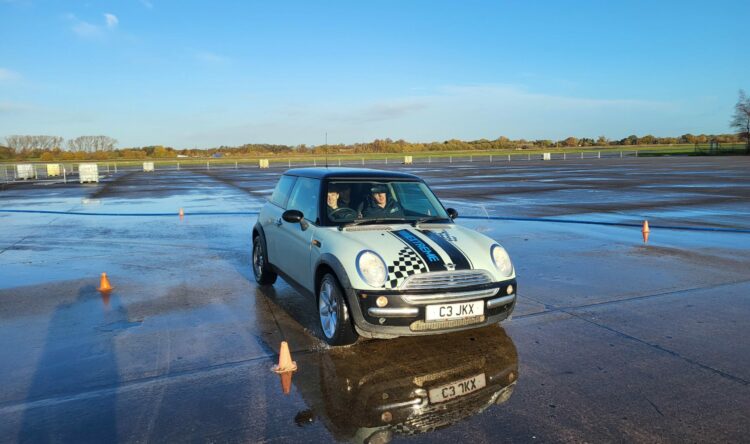20 saves lives
New cross Euro report reveals the success of 20 mph limits
New research confirms that 20mph limits work. Their success is dramatically increased when backed by physical measures and enforcement. These have substantially greater speed and casualty reduction benefits than those without.
Results come from a research project carried out by the Parliamentary Advisory Council for Transport Safety (PACTS). Together with an international team of road safety experts, it was made possible by funding from The Road Safety Trust.
Across the continent
The project set out to explore the evidence from six countries in mainland Europe as well as in the UK. In these countries, more and more towns and cities are introducing 20mph limits.
The PACTS report notes that lower urban speeds can play an important role in delivering casualty reductions. They also increase active travel alternatives and benefit the environment through lower emissions. .
Indeed, ‘safe speeds’ is one of the five foundations of the Safe System approach to road safety. Safe System is aims to manage the magnitude of crash forces so that, in the event of a collision on the road network, no one should be killed or seriously injured.
It recognises that people sometimes make mistakes. All elements of the road system, for example road design, vehicle construction and user behaviour, contribute to safety outcomes. Therefore, and holistic approach to road safety is an essential in delivering the desired results.
Slowing down
Whether 20mph schemes deliver actual speed and casualty reductions depends on whether they are supported by other measures. These include road humps and/or changes in relative road width.
Schemes without other measures result in modest speed reductions – typically 1-2mph where before speeds are approximately 25mph, and 3-5mph where before speeds are approximately 30mph.
When a speed limit of 20mph is introduced with physical measures, speed is normally reduced to less than 20mph. This tends to be on roads where speed was less than 30mph before the measures were implemented.
Assisted braking
Despite this, in the UK, schemes only using road signs result in approximately 11% fewer casualties. This figure rises to 40% in schemes where physical measures are introduced. Speed reduction on these is substantially greater.
It follows that compliance with 20mph limits where no physical measures are in place is poor according to the report.
Intelligent Speed Assistance (ISA) in new vehicles is aimed at increasing compliance with speed limits. The dashboard automatically displays road speed limits as you are navigating them. This is seen as the most effective in-vehicle system for reducing speeding and improving road safety.
ISA systems also alert the motorist if they exceed the speed limit, encouraging compliance. However, they do not automatically prevent speeding unless the driver selects a mandatory system.
Speeding up the slow down
Margaret Winchcomb, deputy executive director at PACTS, said: “20mph is now generally accepted as the safe speed for streets used by people walking, cycling or wheeling. At 20mph a pedestrian is likely to survive an impact with a motor vehicle whereas at 30mph the pedestrian is significantly more likely to be killed.
Lower speeds also encourages walking and cycling, so reducing traffic, speed and pollution. This is “a crucial step towards the Government’s desire that 50% of journeys will be walked or cycled by 2030″.
“This report shows that public money spent on self-enforcing 20mph zones has substantially greater effects,” adds Winchcomb.
“Longer-term, technology in vehicles, rather than the road layout will help drivers stay within speed limits.”
Sonya Hurt, chief executive of The Road Safety Trust, states the research “builds on the evidence base” that 20mph schemes work. However, to really be most effective they need to be reinforced by enforcement and additional complimentary compliance measure.
“The findings will help ensure the continued roll-out of 20mph schemes can be backed by the latest evidence, and be as effective as possible in terms of reducing casualties.”
Find out more about the project here.





